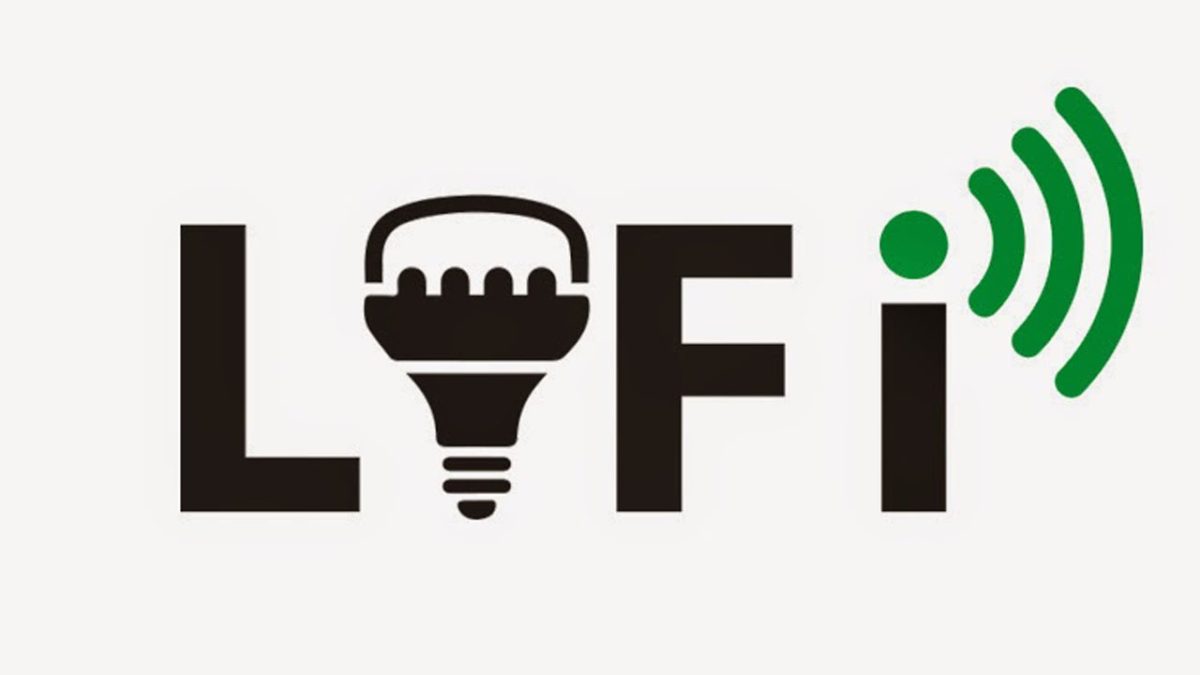Wireless communication has been around for quite some time; from the earliest single-band radios to today’s multi-layered network capabilities of smartphones, which are capable of communication on a broad range of platforms such as Bluetooth, NFC, wifi (2,4 & 5 GHz) and multiple mobile radio networks (3G, 4G LTE, and the upcoming 5G). Who would however have thought that one of the earliest forms of wireless communication, naval signalling lamps, would inspire a potential follow-up to the micro-wave based forms of communication that are abundant nowadays?
This is exactly the aim of ‘Light Fidelity’, or LiFi, which was first introduced in a Ted talk by German researcher Harold Haas in 2011 (see link below) and is based on ‘Visible Light Communication’ (VLC). This concept is practically identical to naval signalling lamps, however its application has only recently become viable due to the ongoing development of Light Emitting Diodes (LEDs). These tiny lights are capable of flikkering far faster than the human eye can perceive (and is therefore invisible), a process which is based on the tongue-twisting mechanism of ‘subcarrier-index modulation orthogonal frequency division multiplexing’. The end-result is basically a laser-fast replacement for wifi: researchers have achieved communications speeds over 100x faster than regular wifi is currently capable of.
What are the merits, other than mind-boggling transfer speeds? Security is one. A window-less LiFi-equipped room would only allow devices physically present in the room to communicate on the network. Installing LiFi in every room in your house thus demarcates the user base, which makes the network more secure and prevents interference. This is particularly a problem on the popular 2,4 GHz wifi channel, which can be both be insecure and subject to interference.
Limiting interference also benefits the usability of LiFi, as conventional micro-wave based communication devices are a risk factor in places such as hospitals, nuclear power plants and other places where radio-waves are controlled (think of research labs for instance). Installing LiFi in these locations would not be a problem.
Further advantages include the use of LiFi on existing power networks in buildings: LiFi can be transmitted through power cables already present in most buildings and only requires minimal adjustments in order to convert existing networks. In addition, positioning data can also be light-based, as the functionality of GPS is greatly reduced indoors due signal loss. Think of smart lights in supermarkets directing customers to their desired products and LiFi-enabled airports providing both travel information and directions to visitors.
So is LiFi going to be follow-up of century-old radio-based communication methods? For wifi, it might, given that most places offering wifi are also equipped with a roof, keeping direct sunlight out of the equation. This is LiFi’s main weakness: the intensity of solar light completely negates the usability of LEDs, which in terms of brightness can only produce a tiny fraction compared to the nuclear fusion-induced powerhouse that lights and warms the entire earth. Even though LiFi is a lot more efficient compared to regular mobile radio antennas (it does not require continuous cooling for instance), it is only really usable at night. Experiments are however abundant: Chicago will be the first city to feature LiFi-enabled street lightning, allowing residents to access the internet at -wait for it- lightning speeds.
Sources:
https://www.ted.com/talks/harald_haas_wireless_data_from_every_light_bulb
http://www.techworld.com/big-data/what-is-li-fi-everything-you-need-know-3632764/





